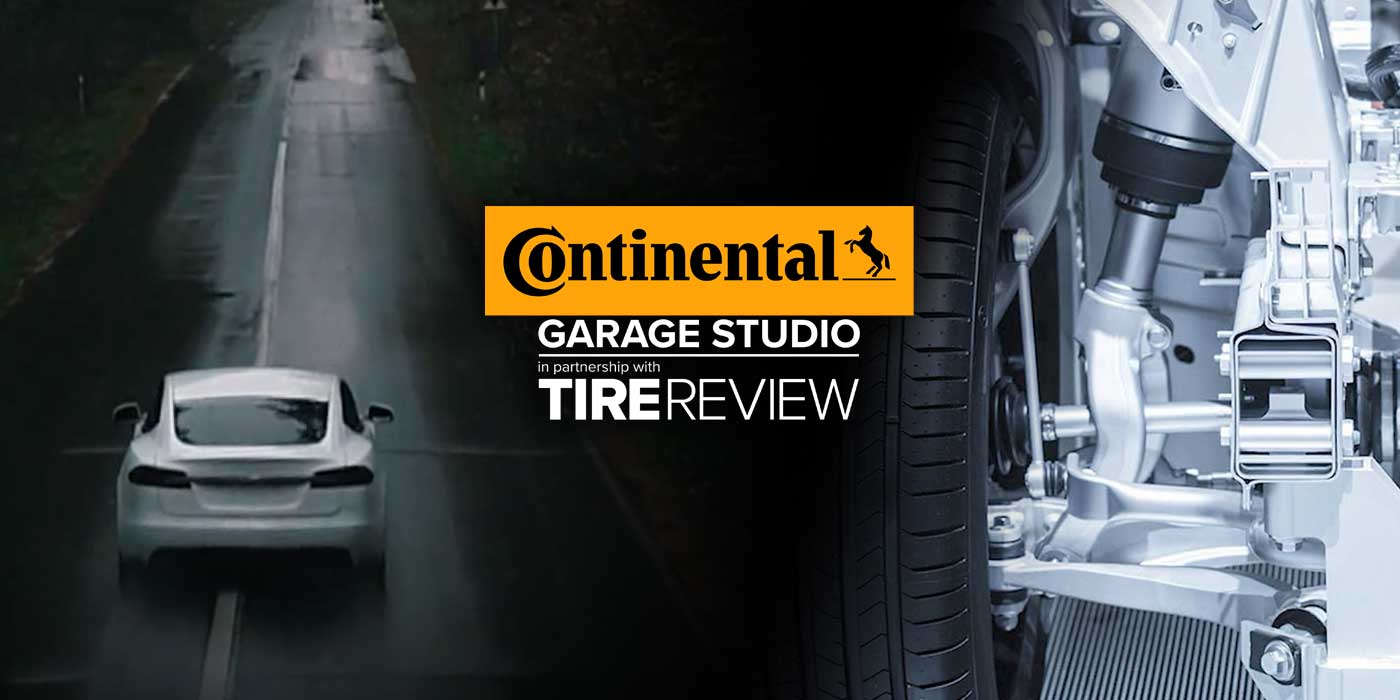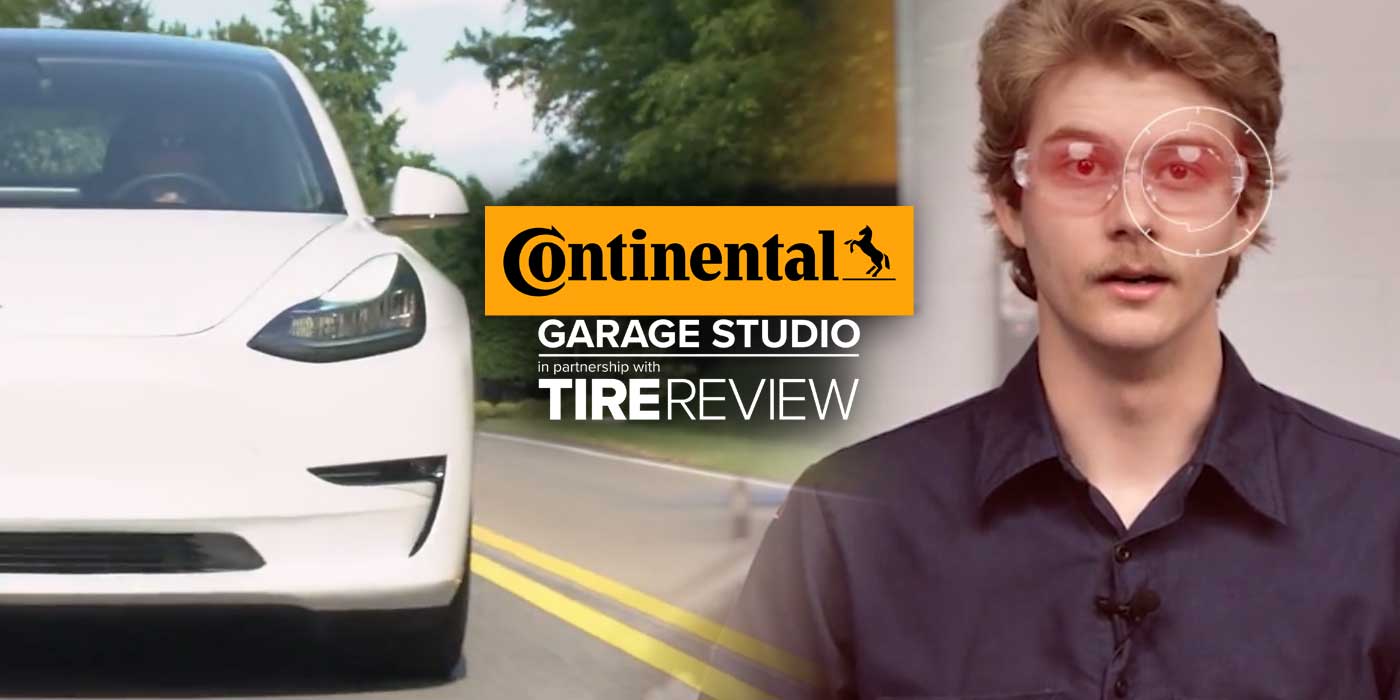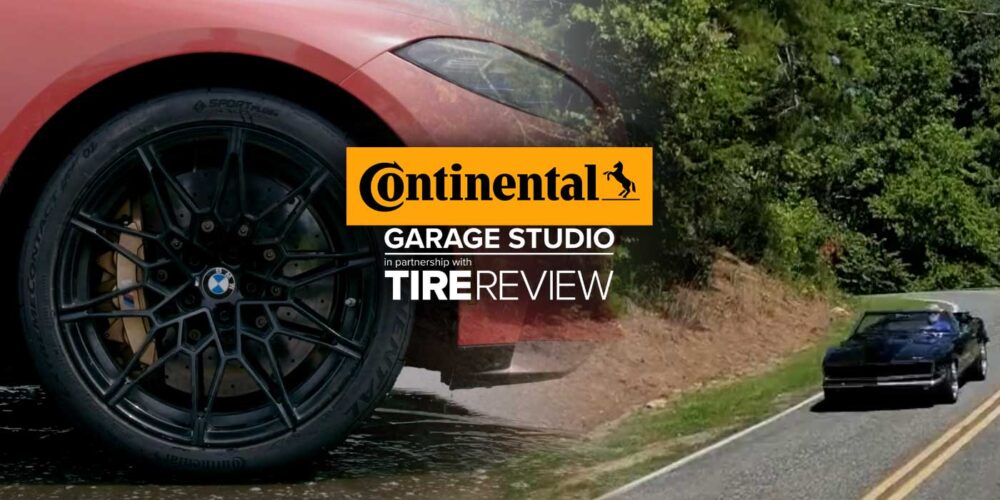The tread design on winter tires is truly meant to stand up to the test of harsh conditions. I mean, just look at this one. So, let’s take a deeper look.
First, many winter tires have lots of deep grooves, which can run circumferentially and laterally around the tire. A tire’s network of grooves helps reduce hydroplaning on wet, slushy roads, very important for winter weather. In deep snow, a winter tire’s grooves also get filled with snow, and that’s a good thing, since the snow in the groove creates friction with the snow on the road, adding to a winter tire’s grip. This also provides greater stability for the vehicle when traveling in snow.
Another aspect of a winter tire that adds to its grip is its sipes. There are some of the smallest features on a tire with some of the biggest benefits. A sipe is a small slit in the tire’s tread block that creates additional tread surface area for increased grip.
As a tire rolls, the sipes will open up to take in water and or snow and remove it from the contact patch of the tire. The extra biting edges provided by the sipes enhance grip for a variety of driving situations, particularly in inclement weather. Sipes also help fine-tune each tire’s handling, ride and wear characteristics.
As a rule of thumb, the more sipes and grooves a tire has and the deeper they are, the more traction the tire will have.
While each tire manufacturers’ siping technology is different, many manufacturers have introduced 3-D sipe technology that actually changes direction inside the tread. The two edges created by the cut can interlock to re-stiffen a rubber tread block when making contact with the roadway.













